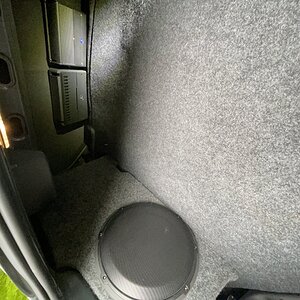No, they absolutely are not. I have never seen one that is. Please find JUST ONE head unit that has a fused remote-out of the wire.
They usually max out at 300-500 millivolts.
Yes, do this, to make sure it works. If you do this, and this works, then get a test light, and check the remote wire to the battery. Depending on the size of the wire you used, and how it's running, the wire itself may have gotten damaged and internally broke the strands without you even being able to see it. You can theoretically use I think it's 24awg wire, but it's so small you run the risk of breaking it, just by feeding it through a few places. 16awg is what is usually recommended, and only going that large because of the physical dimensions of the wire, and the less likelihood of damaging it even when you're being careful.
OP
If you have your deep cycle battery connected to the starter, how is it wired? If you have the remote in line with the starter, then you're never going to complete a circuit on the battery unless the ignition switch is cranking, and you're amps wouldn't get power then.
There's no reason to have those connected straight to either battery. They are only about a couple hundred millivolts each. You could connect those to anything and have them work, and they would never notice the draw. If you just have one amp, then check both the connections as stated earlier. If your amp comes on when you connect the 12v to the remote wire, (just a short jumper at the terminal next to it to test), then you need to double-check the wire. A test light will tell you if you're getting voltage at the end of the wire. If not, then you check the remote wire with a test light, at the head unit, and see if you are getting voltage there. If not, then you may have damaged that circuit in that head unit. If it's a $100 head unit, then you might as well buy a new one, or find a different accessory circuit to connect it to.


